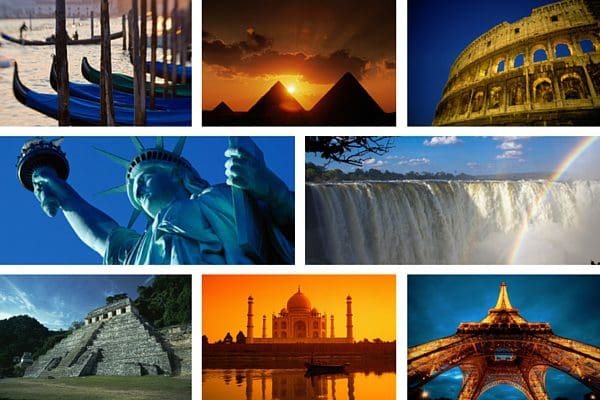 A ‘heritage’ is the legacy that a particular society passes on to future generations, things such as traditions, languages, buildings or natural landscapes. The cultural and natural heritages of the world are important because they help us to understand our past and provide inspiration for the future. Places that represent heritage also happen to be some of the most popular travel destinations because of their beauty, antiquity or cultural significance. As travel advisors, as well as avid travelers ourselves, we actually do talk about such things around the water cooler. A recent such conversation highlighted nine UNESCO World Heritage Sites that Covington staff members think are bucket list-worthy.
A ‘heritage’ is the legacy that a particular society passes on to future generations, things such as traditions, languages, buildings or natural landscapes. The cultural and natural heritages of the world are important because they help us to understand our past and provide inspiration for the future. Places that represent heritage also happen to be some of the most popular travel destinations because of their beauty, antiquity or cultural significance. As travel advisors, as well as avid travelers ourselves, we actually do talk about such things around the water cooler. A recent such conversation highlighted nine UNESCO World Heritage Sites that Covington staff members think are bucket list-worthy.
What are UNESCO World Heritage Sites?
 The United Nations Educational, Scientific and Cultural Organization (UNESCO) mission is to “encourage the identification, protection and preservation of cultural and natural heritage around the world considered to be of outstanding value to humanity.” It created an international treaty known as the World Heritage Convention, signed by 191 States Parties (as of 8/5/14). By signing the Convention, each country pledges to conserve not only the World Heritage sites situated on its territory but also to protect its national heritage.
The United Nations Educational, Scientific and Cultural Organization (UNESCO) mission is to “encourage the identification, protection and preservation of cultural and natural heritage around the world considered to be of outstanding value to humanity.” It created an international treaty known as the World Heritage Convention, signed by 191 States Parties (as of 8/5/14). By signing the Convention, each country pledges to conserve not only the World Heritage sites situated on its territory but also to protect its national heritage.
There are currently 1031 properties inscribed on the list of UNESCO World Heritage Sites – 802 cultural, 197 natural, and 32 mixed. In no particular order, here are nine that Covington staff have visited and recommend.

The Great Barrier Reef, Australia – This incredible underwater sanctuary contains vast coral formations teeming with marine life. On a snorkel adventure day trip from Cairns, I was fortunate to view “walls” of coral like I’d never seen before. Colorful fish and coral varieties of every hue created an other-worldly, peaceful scene. I literally cried when I swam up to my snorkel buddy to see if she had experienced the same emotions. She had, and we will both cherish the experience forever! – Barbi Partlow
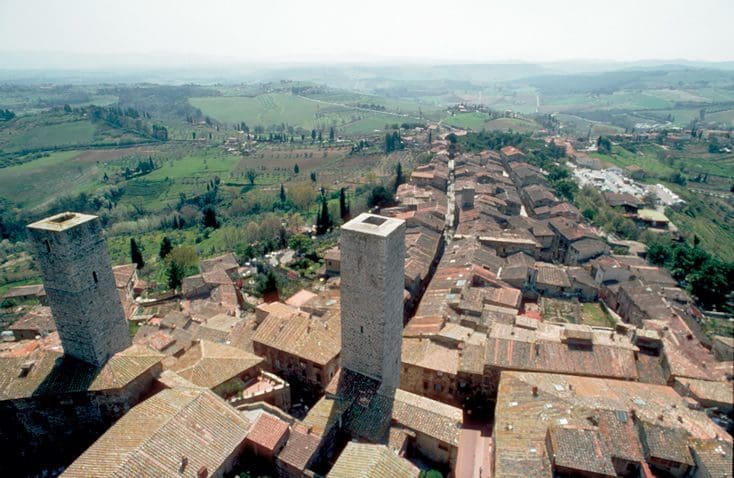
Historic Centre of San Gimignano, Tuscany, Italy – From the 11th through the 13th centuries, the aristocratic families of San Gimignano delle belle Torri built as many as 72 fortified tower-houses to proclaim their wealth and power. Although only 14 have survived, the small, quaint town still has a feudal atmosphere. San Gimignano has one of the most beautiful views in Italy from atop the main tower, and at street level, some of the best gelato! – Melanie Bianco
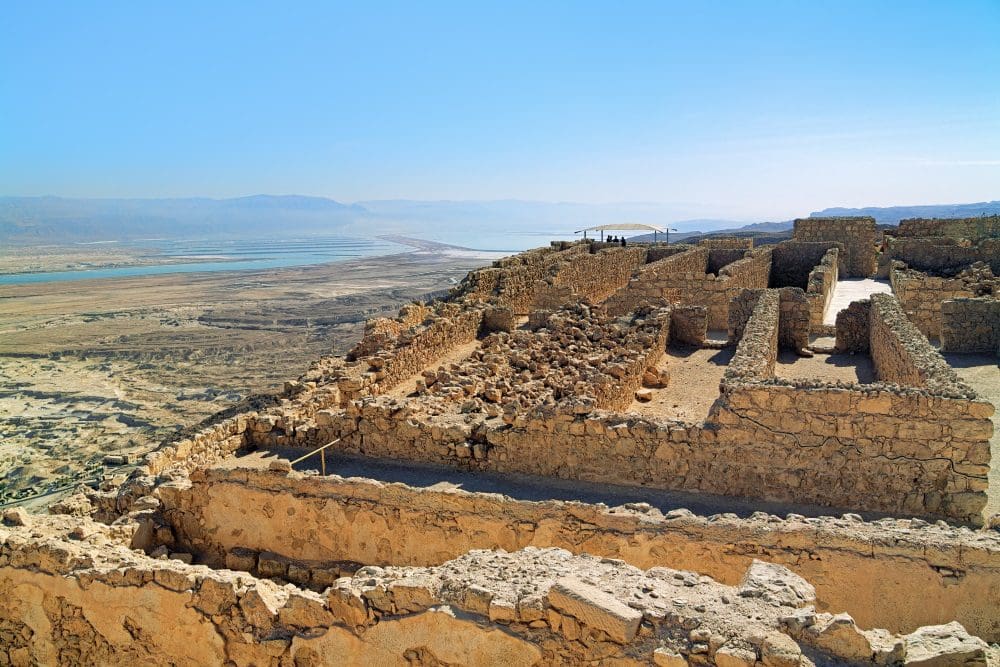
Masada, Israel – The palace complex was built on a natural defensive site overlooking the Dead Sea by Judaean King Herod the Great during the 1st century BC. It was the last refuge of the Jewish revolt against the Romans where they chose to die rather than succumb to slavery, making it a meaningful symbol of mankind’s struggle against oppression. It remained virtually untouched for 1,300 years so the site’s architectural integrity is superb. The dramatic location and history make Masada as compelling today as it was luxurious then. – Judy Faust
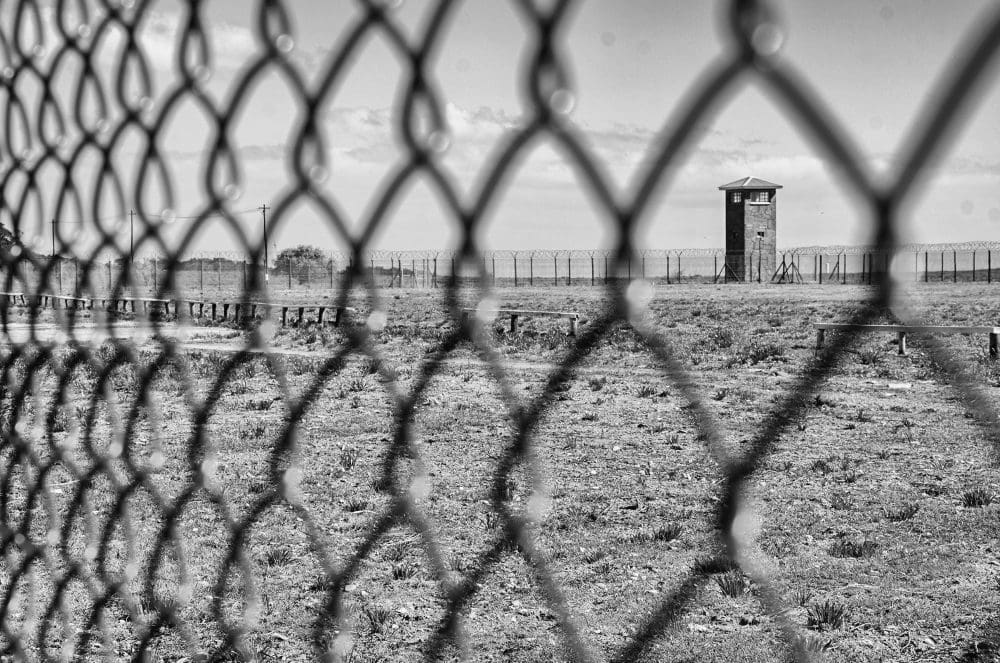
Robben Island, South Africa – From the 17th to the 20th centuries, the buildings of Robben Island acted as a military base, a hospital for the socially undesirable (lepers) and a maximum security prison. The most famous resident was Nelson Mandela, who was incarcerated there in unimaginable conditions for 18 of his 27 prison years. To walk on the grounds where such persecution took place and know there was a triumph in the end is very powerful. And departing on the ferry from the magnificent city of Cape Town sets a glorious backdrop! – Liz Prom
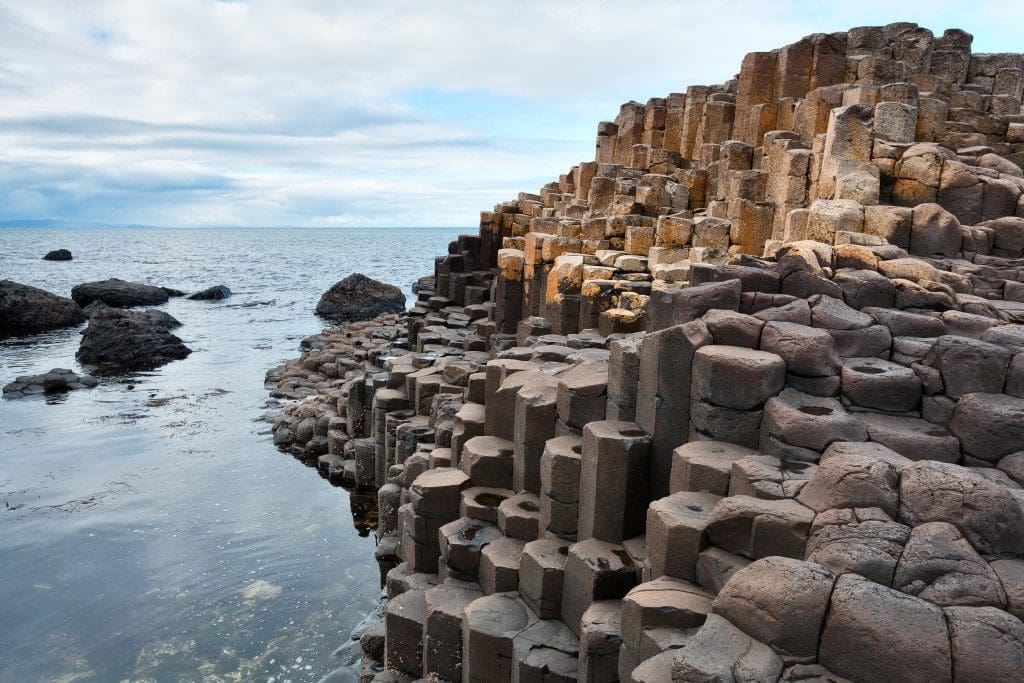
Giant’s Causeway, Northern Ireland – Irish legend has it that the 40,000 polygonal stone columns were put along the coast long ago by giants in order to cross the sea to Scotland. The more scientific explanation is that the fascinating geological site was created by volcanic activity. It’s a reminder that we must learn to fully appreciate nature and all the incredible beauty of our amazing planet. – Kim Sonderman
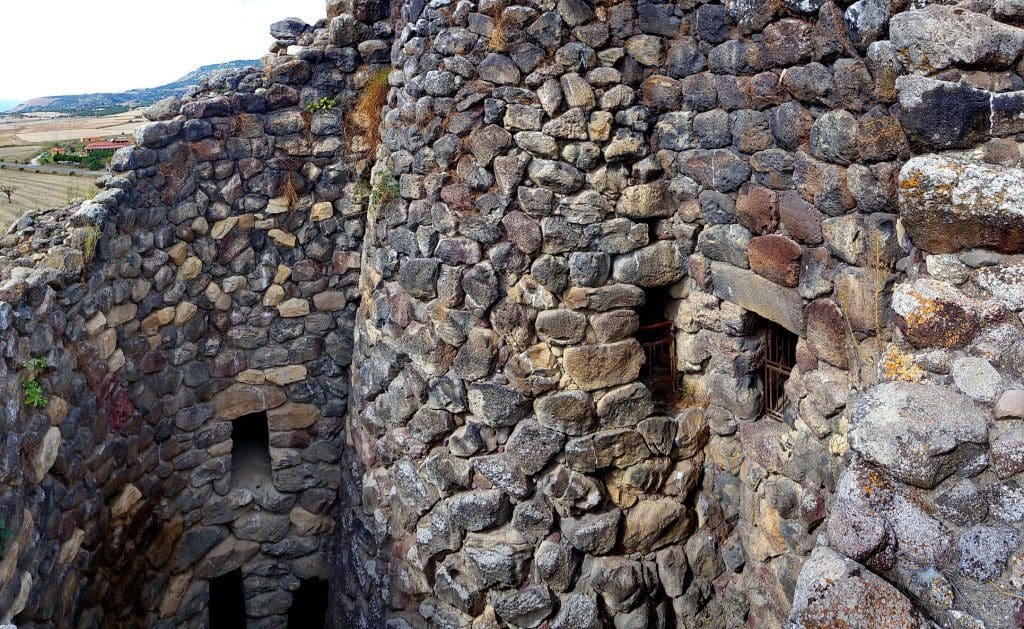
Su Nuraxi de Barumini, Sardinia, Italy – This extraordinary prehistoric architecture is a type of defense structure called nuraghi that was developed on Sardinia during the Bronze Age (late 2nd millennium BC). The circular towers are built with cut stone and corbel-vaulted interiors that support the cone-shaped roof – a remarkable construction method for the period. – Dee Dee White
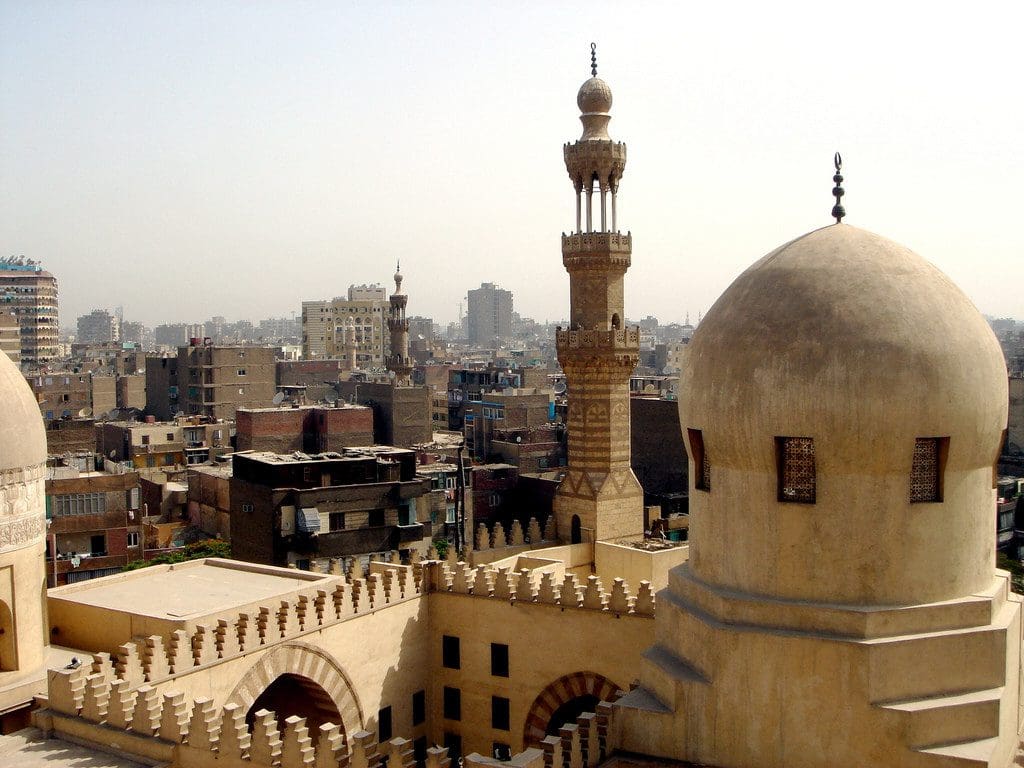
Historic Cairo, Egypt – The ancient Islamic city lies in the middle of modern, urban Cairo. I asked where the “market” was and was directed to the oldest market, not where tour groups go, so we had an incredibly authentic experience. The Egyptian people were some of the nicest people I have ever met. We made friends with a shopkeeper and when we returned again, they treated us like royalty. – Stefanie Cox
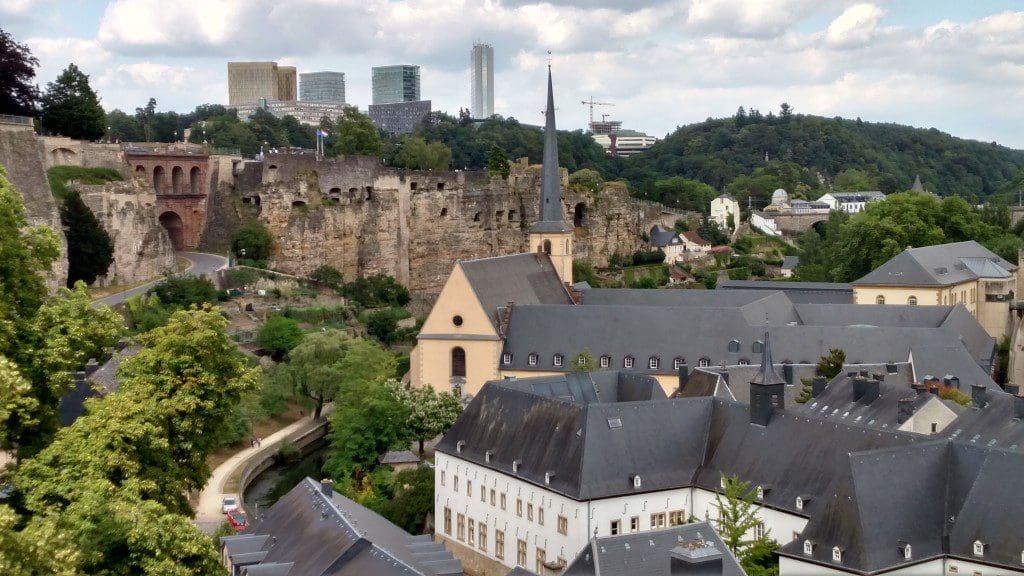
The Old Quarters and Fortifications of Luxembourg – The 10th-century castle of Luxembourg was built on a rocky outcrop and fortified ramparts were added in the 12th century, making it “the Gibraltar of the North.” Exploring the old casemates cut into the cliffs is fascinating and the picturesque view overlooking the historic area far below is known as “the most beautiful balcony in Europe.” – Paul Covington

Monarch Butterfly Biosphere Reserve, Mexico – Every fall, possibly a billion monarch butterflies return to a small forested area high in the mountains about 60 miles northwest of Mexico City. Each spring they depart to points across North America. The eight-month migration spans up to four generations, so it’s unknown how they find their way back to the same place every year. When they do, the trees become a fluttering orange and branches actually bend under the weight of millions of butterflies. – Beverly McLean
There are many more amazing UNESCO World Heritage Sites to explore around the globe. To add one to your next vacation or even plan a whole vacation around a collection of UNESCO sites, contact one a Covington Vacation Specialist.






Leave a Reply